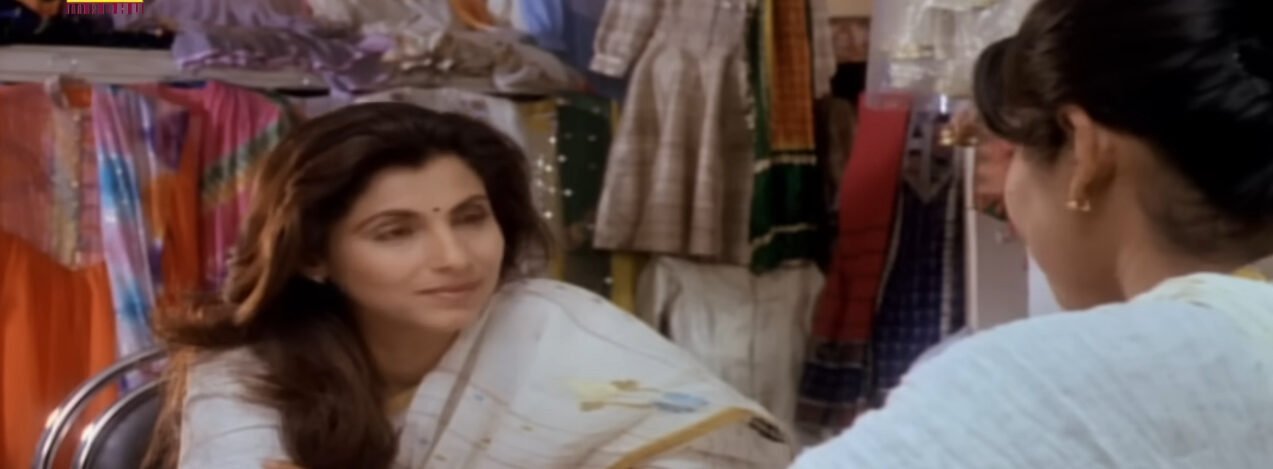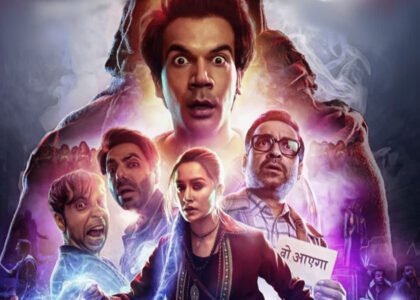Drishti (1990) is a movie that was far ahead of its time in the way that it traverses across universal themes of love, marriage, social and personal responsibility, as well as infidelity. The film focuses primarily on Sandhya and Nikhil, an urban couple trying to navigate domestic responsibilities while also figuring out what they want from life. However, unlike popular Bollywood flicks that relegate each gender to its traditional roles in society, Drishti stands out for its unflinching look at the various ideals of romance that have been justified—for some reason or another—and how it impacts each character. Having said that, though, the reason Drishti is able to accomplish this mammoth task is that everyone is—you guessed it—an asshole… and I mean this with all due respect. The brilliance of the script lies in the fact that it prioritises human emotions—positive or negative—above all else, giving it a certain je ne sais qoui that cannot be emulated easily. So, here are five reasons why the “toxicity” of the characters in Drishti actually works in the favor of the film.
5 Reasons Why Drishti‘s Characters Are Weird But Well-Written
1. Drishti Highlights the Consequences of Each Character’s Actions
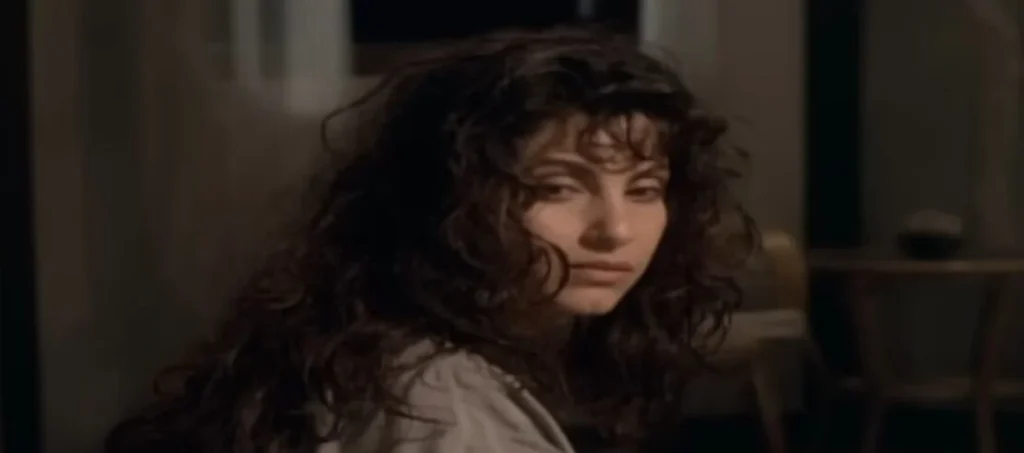
Sandhya and Nikhil are well-educated and affluent, have a daughter, and largely seem to be doing well in their careers by most metrics. Yet, the way they manage to blow their marriage apart despite having the comforts of modern life is spectacular.
By focusing on the journey of the characters themselves, Drishti highlights just how vague and delicate emotions can be. It does not provide Sandhya and Nikhil with a “cop-out” by trying to assuage their guilt with larger cultural and socio-economic inequalities.
Don’t get me wrong.
It’s not that Drishti doesn’t talk about pressing issues like, say, the financial and emotional cost of motherhood or what ambition can do to people. It’s just that the script doesn’t actively shift the blame onto such systems, making the plight of its characters all the more realistic.
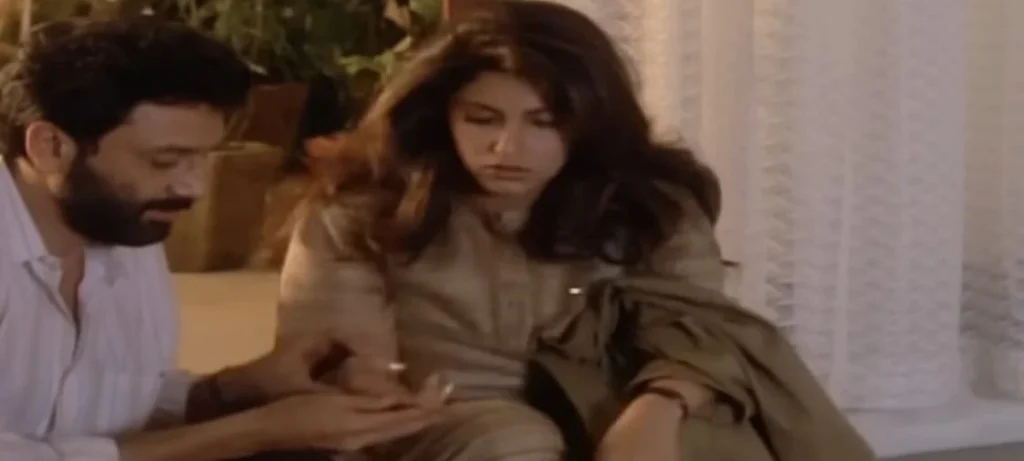
Both Sandhya and Nikhil voice their unhappiness and bring up social norms that have (or will) negatively impacted them. But by treating these norms as an inherent part of their lives, as opposed to highlighting these macro issues on a large scale, Drishti offers a muted, subtle commentary on such matters.
For instance, towards the end of the movie, Nikhil is ready to practically abandon his daughter so he can be with Vrinda. I say abandon because even though he does have love for his child, he always sidesteps questions about how their divorce and his moving away will impact Rashmi and has no reasonable course of action to help his kid through such trying times.
Besides, the whole problem with Nikhil is that he isn’t able to figure out what he wants. When he is with Sandhya, he wants to be with Vrinda. When he goes to Delhi with Vrinda, he comes back to Bombay, not wanting to divorce Sandhya, despite previously telling her it is impossible to make things work between them.
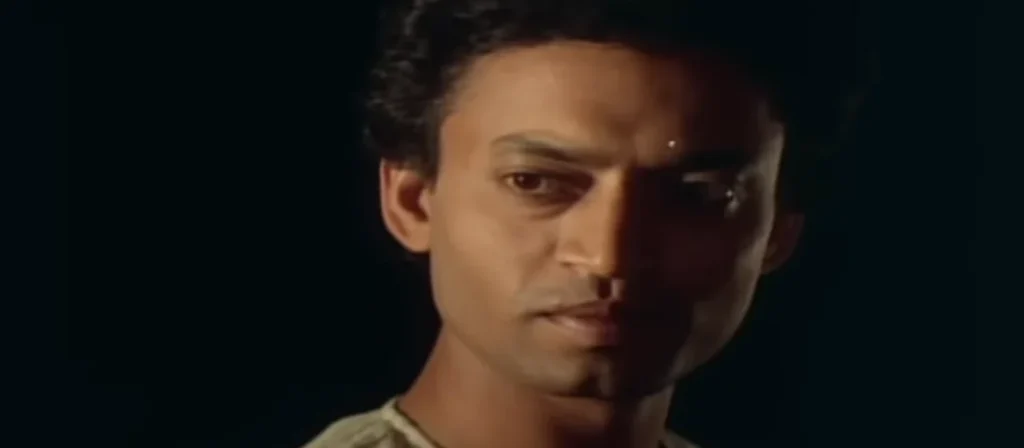
From another perspective, Drishti, in spirit, awards Nikhil the same leeway men have always been granted for aeons by patriarchal systems, which allows them to flip the script whenever it is suited to them.
At the same time, it appears to “correct” this power imbalance by letting Sandhya keep her affair with Rahul a secret, something that she reveals only towards the end of the film. In fact, this one facet of the story personally made the movie more forward-thinking than many of its contemporaries—it gives Sandhya an equivalent situation to Nikhil’s instead of merely cloaking her in a virtuous, pious escutcheon that cannot be stained for the sake of her womanhood.
There are numerous other instances in the films where the notion of generational and social expectations are brought up, but treating such issues as “just another thing” the character actively has to deal with paints a much more realistic picture of the human condition as opposed to most Bollywood movies.
2. Drishti is a Rare Film that Looks at Human Emotions Without “Shame”

The idea of what is good and what is bad will, obviously, change from person to person and will largely depend on their own life experiences. As such, one could argue that morality, in a broader sense, is a social construct.
Moreover, since the film deals with heavy topics of infidelity and an 8-year marriage falling apart, both characters have their respective baggage to deal with—something that becomes a lot harder if shame is brought into the equation.
Look, the characters of Dristhi are not perfect. They are humans, after all.
But human emotions, no matter how bad, cannot be dealt with and processed if someone only pays heed to the shame they feel, which, in many cases, tends to be a side-effect of not living up to preconceived norms of what a “good/ideal” person should be.
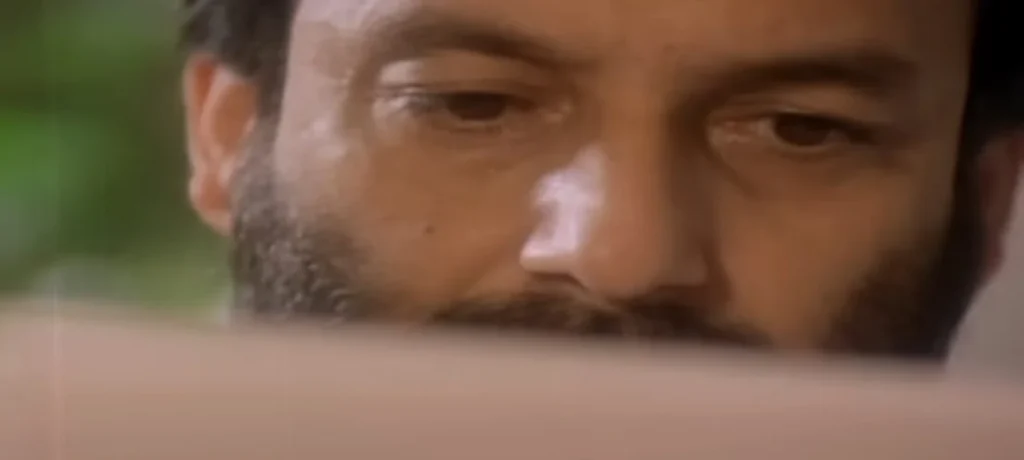
Though both Sandhya and Nikhil mostly do what their hearts desire and cope with the consequences later on, the honest conversations between the two also show how their relationship can flip-flop from being toxic (as partners) to a more understanding and accepting one (when they part ways).
As such, Drishti also doesn’t keep its characters shackled to the expectations of the time for the sake of it. The movie looks at different angles and feelings to truly uncover how infidelity can expose the faulty bedrocks on which many modern marriages are seemingly built.
This isn’t to say Drishti’s characters do not feel shame or its burden. However, the larger conversation surrounding infidelity and its consequences is driven forward by Nikhil and Sandhya truly realising what they want from their lives, and while shame is a part of the package, it isn’t used merely for the sake of melodrama.
3. Sandhya and Nikhil Hurting Each Other Leads to Personal Development
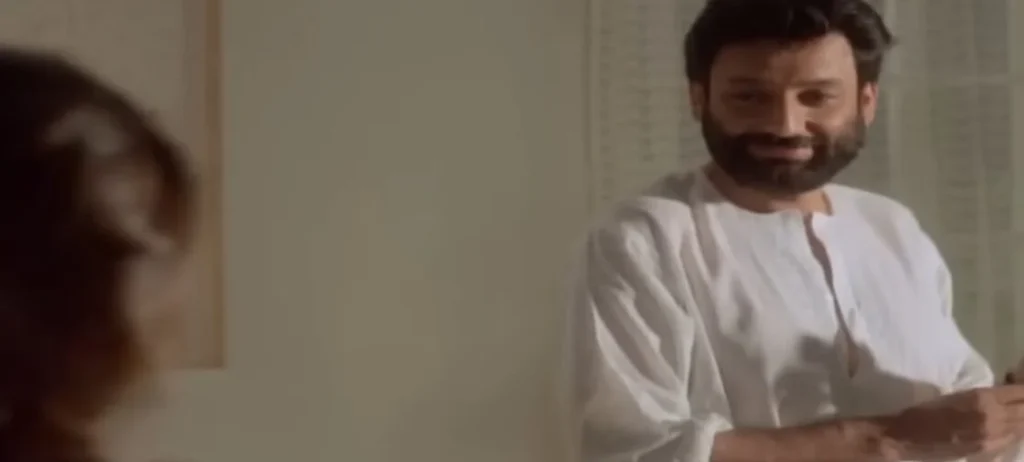
In keeping with the previous point, Drishti is a movie that allows its characters to breathe, heal, make mistakes, feel doubt, regress, question their lives and future, learn from their mistakes, and redefine what they want (in no particular order).
Sandhya and Nikhil are somewhat compared with another couple, i.e. Prabha and Ramesh, which also shows how similar people can cope with similar situations and feelings in completely opposite ways.
What it comes down to eventually is what one can compromise with and what one can fight for, and that choice for each individual will be different.
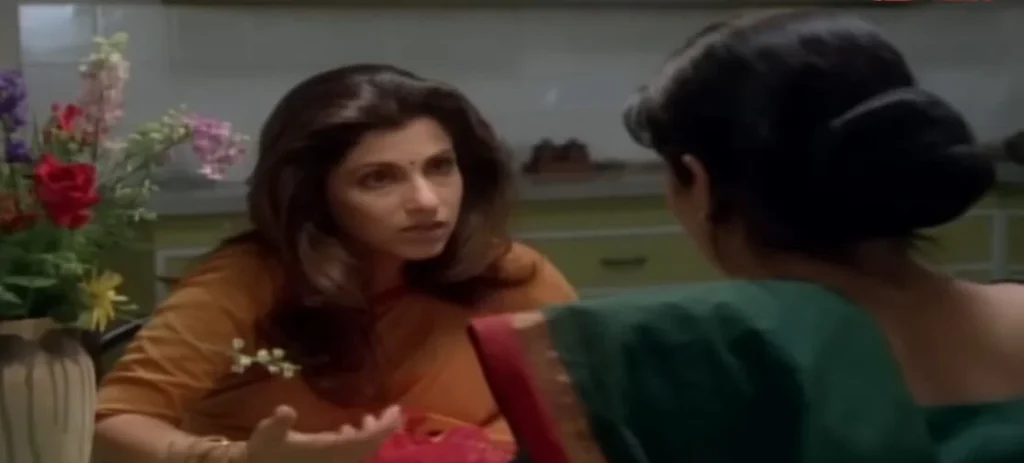
Hence, even though Nikhil and Sandhya have a habit of hurting each other again and again, they both have a period of reckoning with their actions and seeing the flaws in their respective approaches.
What Drishti also affords its characters is time.
Naturally, a movie as complex as Dristhi doesn’t follow the couple for just one day. Instead, it looks at how their actions have impacted each other over months and years. As such, it also looks at how long and exhausting their journey is before they eventually find some semblance of peace.
What Nikhil and Sandhya would have dreamed about in their 20s isn’t how things pan out later on, but as I said before, instead of shaming them for this “failure,” the climax of Drishti just explores how life for them is different now but also has more meaning.
4. Drishti Shows How Difficult It Can be to Break Old Patterns
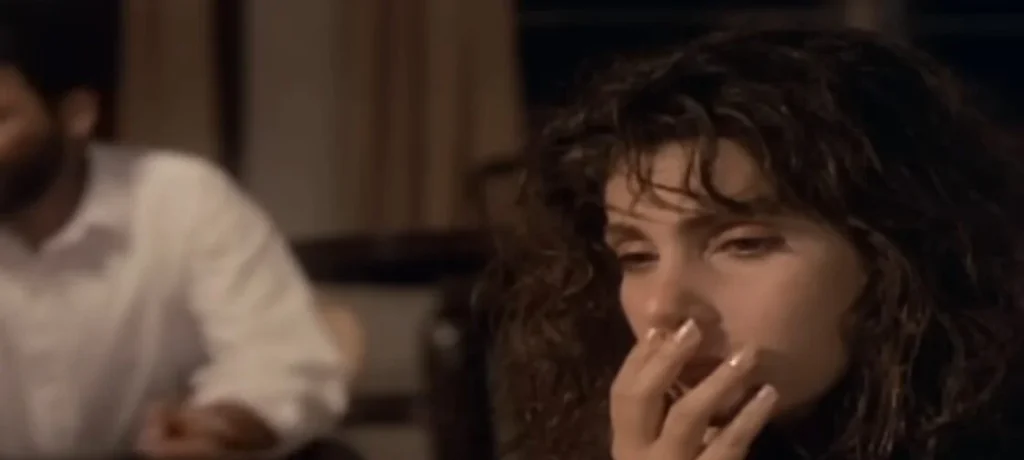
One of the key plot points in Drishti’s first half is Sandhya asking Nikhil not to leave and Nikhil not wanting to stay despite knowing Sandhya is important to him.
Later on, when Sandhya does decide to move out of Nikhil and Vrinda’s way and grant him the divorce, he flips on his stance and then begs Sandhya to reunite with him, despite her whole spiel on how difficult the separation has been for her.
Even towards the end, when after years of separation, Sandhya tells Nikhil about her affair with Rahul, Nikhil makes a valid point about why she would bring this up after such a long time. Of course, the rest of his reaction is in tow with his semi-man-child behaviour, but even that, in and of itself, only adds some weight to the idea of people not being able to break cycles.
5. Drishti Accepts Its Heavily Flawed Characters, Building a Unique Bond with the Viewer

Instead of looking at two lovers who hurt each other, Drishti looks at two humans whose actions keep them from building a life together. And in doing that, it succeeds at showing just how complex life can be, even if one has done everything “correctly.”
One of the biggest philosophical questions for our species has been what exactly is “life?” Is it achieving success, even if it’s at the cost of personal relationships (like Ramesh), or is it trying to do something that makes one unhappy but is the “right” thing to do (like Sandhya and Nikhil)?
If only we knew.
Nonetheless, Drishti doesn’t impose any expectations on its characters. After all, even if Nikhil only finds out about Rahul in the last scene, the viewers are in on this secret from the very beginning.
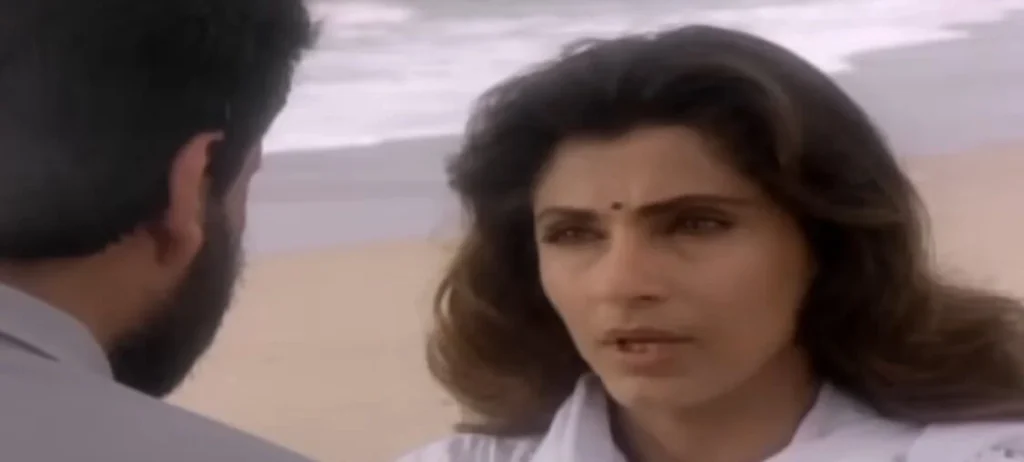
They know that Sandhya isn’t the happiest with Nikhil and don’t place that assumption on her, either. The really empathetic watchers will also spare her from character assassination, given that Nikhil practically does the same thing and doesn’t handle it with any finesse or grace, either.
Drishti is a movie that flows like water, and you will feel as if you’re a voyeur experiencing Sandhya and Nikhil’s marriage falling apart in real-time.
It feels like you’re there, with them, as they make one choice after another in their emotional spirals.
Hence, it is also a movie that is likely going to leave you with a lot to think about.

